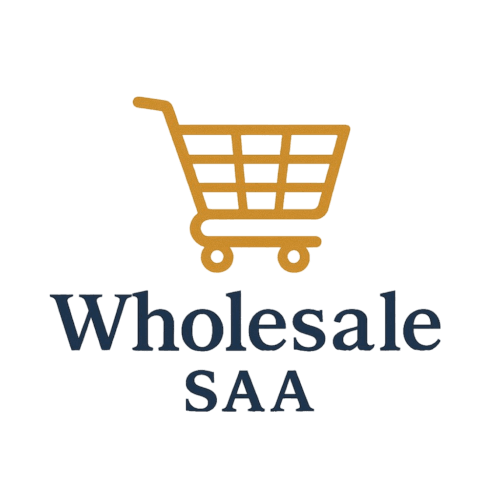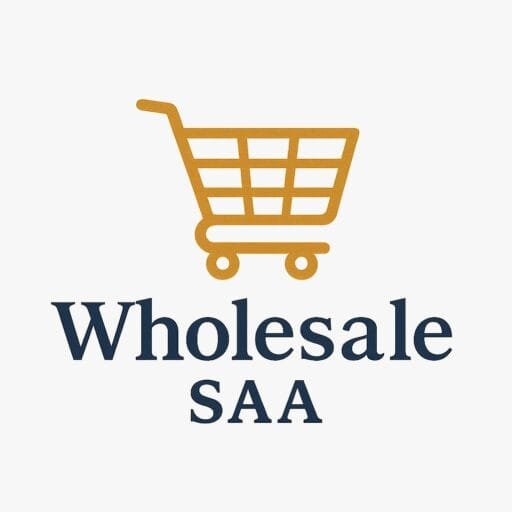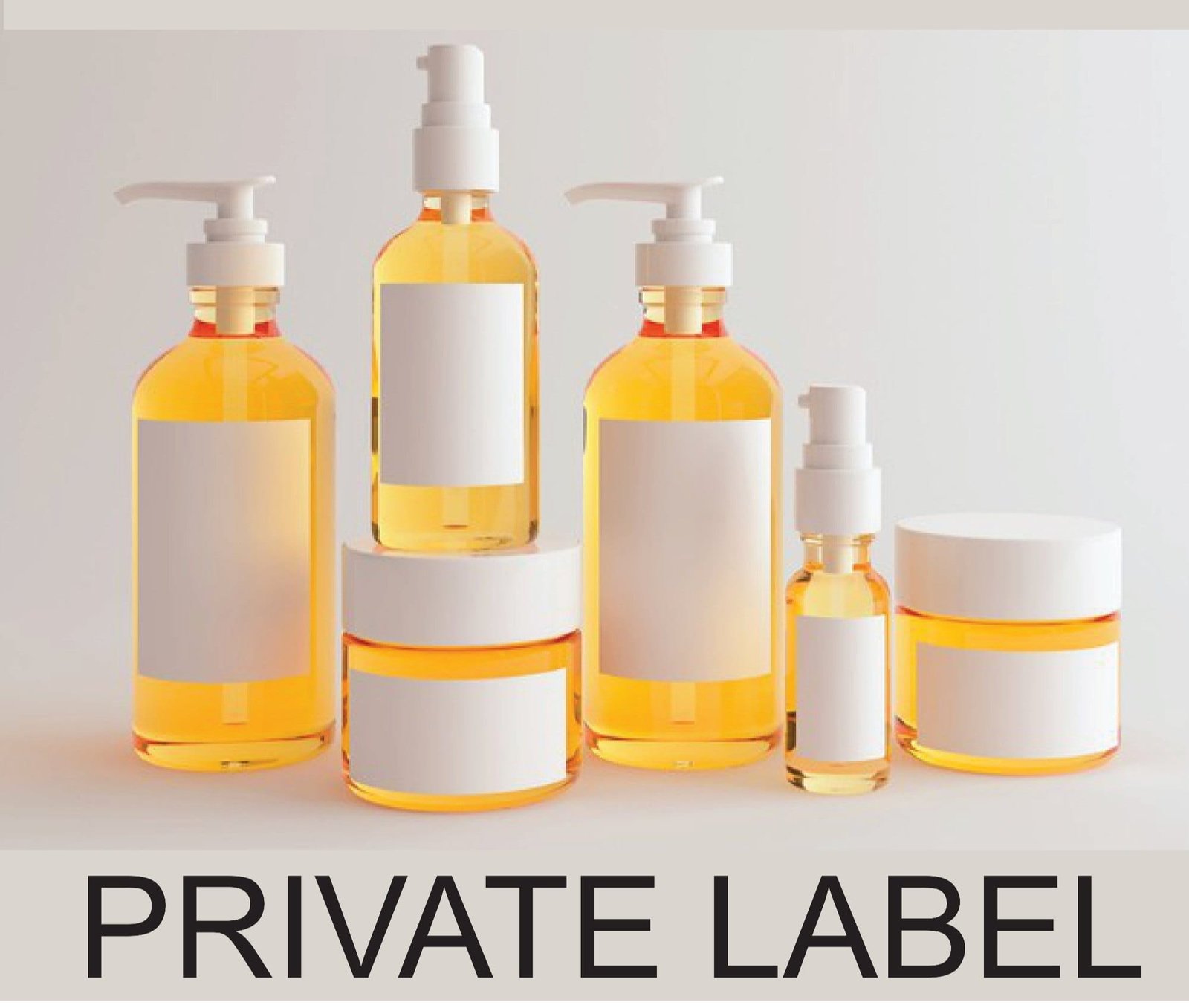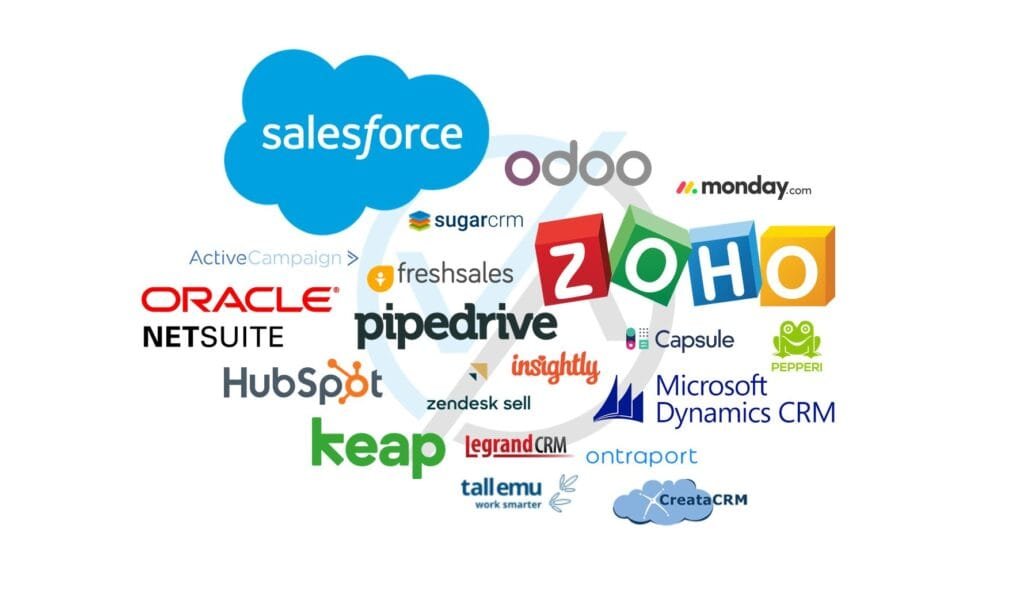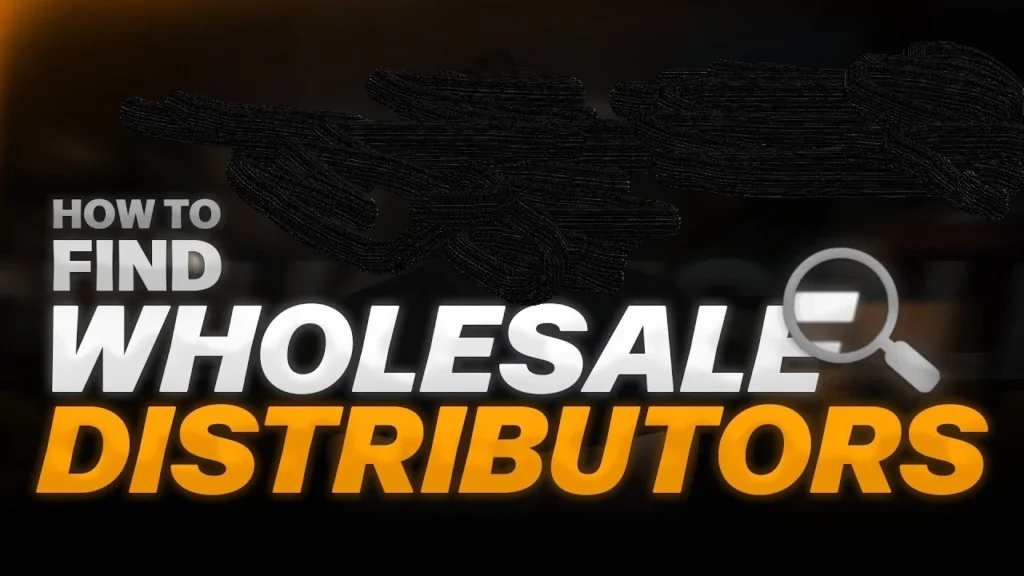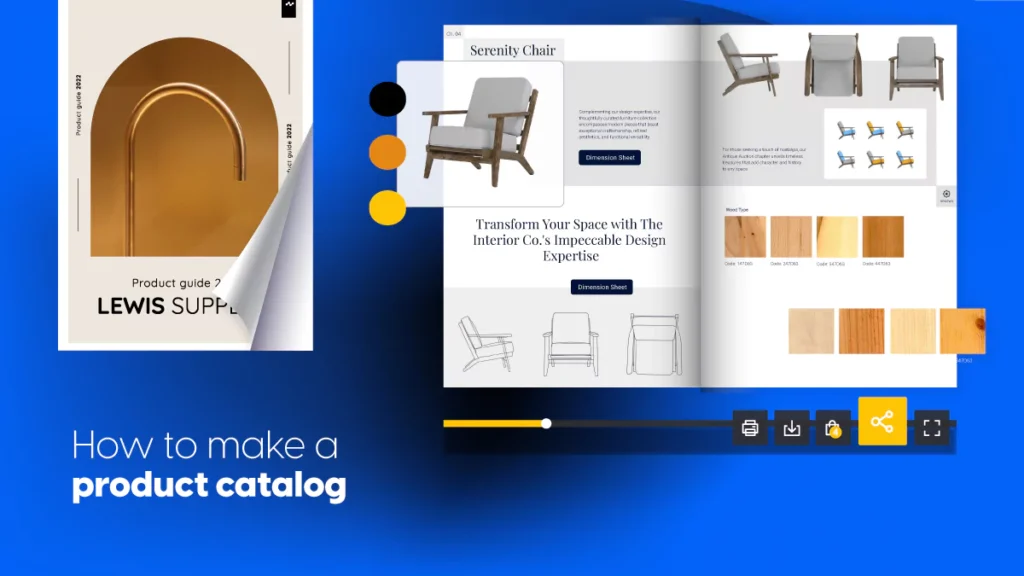Ever imagined seeing your brand name on products sold across the country?
Whether it’s skincare, snacks, supplements, or clothes, starting your product line can seem overwhelming, but it doesn’t have to be.
If you’ve got a vision and the drive to build a business, learning how to create your own brand product line with private labeling could be your smartest move yet.
Many major retailers and everyday entrepreneurs are doing this already. From Amazon sellers to supermarket chains, private labeling helps people sell products under their brand without manufacturing anything themselves. Yes, it’s that accessible.
What Is Private Labeling?
Private labeling is when a business sells products made by another company but under its brand name.
For example, you could buy a batch of shampoo from a manufacturer, design your own logo and packaging, and sell it as your unique product.
Think of popular names like Kirkland (Costco), AmazonBasics, or Target’s Good & Gather. None of them produces their items. Instead, they partner with private label manufacturers who handle the production.
This gives you all the benefits of having your own product line, minus the headache of owning a factory.
Why Start a Private Label Brand?
Let’s face it, building a product brand from scratch can be expensive. Private labeling lowers the entry barrier. Here’s why people love it:
- Low startup costs: No need to invest in machinery or bulk inventory
- Faster to launch: You skip the R&D and production process
- Complete branding control: From naming to packaging, it’s all yours
- Higher profit margins: You set the price, not the manufacturer
- Flexible: Test and tweak ideas without massive commitment
If you’re a stay-at-home parent, a side hustler, or a business owner ready to scale—this might be your ticket.
How to Create Your Own Brand Product Line with Private Labeling
Ready to turn your idea into a real brand? Here’s how to do it, step by step:
1. Choose Your Niche
Start with what you know, love, or are curious about. Here are popular private label niches:
- Beauty and skincare
- Health and wellness (like supplements or protein powders)
- Pet care
- Home goods
- Fashion basics
- Food and snacks
Tip: Look for trending yet evergreen products that solve everyday problems.
2. Research Product Ideas and Competitors
Don’t rush this. Ask yourself:
- What makes this product valuable?
- Can I add a unique twist?
- Who’s already selling it?
- What are buyers complaining about in reviews?
Use tools like Google Trends, Amazon, and Etsy to validate demand.
3. Find a Private Label Manufacturer
This is where things get real. Your manufacturer makes the product and often helps with packaging too.
Popular private label platforms include:
- Alibaba — Global suppliers for nearly anything
- ThomasNet — US-based industrial and consumer goods
- Faire or RangeMe — For boutique and wholesale products
Pro tip: Request product samples before committing. Always.
4. Create Your Brand Name and Logo
Your brand identity matters. It’s how customers will remember you. So:
- Brainstorm a name that’s easy to pronounce, spell, and remember
- Use AI tools or platforms like Namelix or Shopify Name Generator
- Design your logo using Canva, Looka, or hire a freelancer on Fiverr
Example: For a pet shampoo line, a name like “FurFresh” with a playful logo sticks better than “General Grooming Solutions Inc.”
5. Design a Product Label (Yes, You Can Use Canva)
Even if you’re not a designer, you can create professional labels.
- Use Canva templates and make sure to follow FDA or FTC label rules (especially for cosmetics or food)
- Include product name, ingredients, usage, barcode, and contact details
- Choose colors and fonts that reflect your brand personality
6. Set Up Your Sales Channel
Where do you plan to sell?
- Amazon FBA — Great for beginners, lots of traffic
- Shopify store — More control, perfect for DTC brands
- Etsy — For unique, handmade, or aesthetic product lines
- Local stores or online marketplaces
7. Launch and Promote Your Brand
Once you have inventory and packaging, it’s showtime.
- Create a simple website or landing page
- Post regularly on TikTok, Instagram, and YouTube Shorts
- Offer launch discounts or free samples to influencers
- Run Google or Facebook ads with tight budgets
What Is a Private Label Brand Example?
A private label brand example is AmazonBasics, which sells electronics and home goods manufactured by third-party suppliers but packaged and sold as an Amazon-owned brand.
Other examples:
- Trader Joe’s (groceries)
- Great Value by Walmart (household products)
- Equate (Walmart health and beauty)
You can do the same. Even on a small scale.
What Is the Difference Between National Brands and Private Label Brands?
National brands are widely recognized and owned by manufacturers. Think: Coca-Cola or L’Oréal.
Private label brands are owned by retailers or individuals who don’t manufacture the product. They outsource it.
Key differences:
- Control: You control branding with private labels
- Cost: Private label is often cheaper to launch
- Recognition: National brands already have consumer trust
What Is Private Label Branding and How Does It Work?
Private label branding is the process of putting your own brand identity on products made by third-party manufacturers.
It works like this:
- You choose a product and find a manufacturer
- You design a label, logo, and packaging
- They produce the product and ship it to you
- You market and sell it under your brand name
Private Branding Strategies That Actually Work
Successful private brands follow certain strategies:
- Niche down: Serve a small, specific audience first
- Brand storytelling: People buy why you do it, not just what you sell
- Consistent packaging: Use the same color palette, tone, and layout
- High-quality photos and copywriting
What Are Private Label Food Products?
Private label food products are foods produced by a manufacturer but sold under a store’s or an individual’s brand. These can include snacks, sauces, baked goods, or supplements.
If you want to enter the food industry:
- Check FDA food labeling regulations
- Partner with certified commercial kitchens or co-packers
Tip: Start with shelf-stable products to avoid spoilage issues.
FAQs (Optimized for Featured Snippets)
What is a private label brand in marketing?
A private label brand in marketing refers to products branded and sold by a retailer but manufactured by a third party.
How do private label brands work?
They operate by sourcing generic or customizable products, applying unique branding, and selling them under their label.
What is the difference between a manufacturer brand and a private label brand?
Manufacturer brands produce and sell their products; private labels outsource production but control the branding and sales.
What is white label branding?
White label branding is when a product is sold by multiple retailers with different brand identities but from the same manufacturer.
What is an advantage of selling private label brands?
You have greater control over pricing, branding, and customer experience compared to reselling someone else’s product.
What is private label marketing?
Private label marketing involves promoting your own brand of products made by external manufacturers, focusing on value and uniqueness.
Final Thoughts
Learning how to create your own brand product line with private labeling opens up a world of possibilities. You don’t need a factory, a big budget, or a team of experts. What you do need is clarity, creativity, and consistency.
You can start with a single product and grow into a full brand empire over time. The beauty of private labeling is how scalable and beginner-friendly it is.
So stop waiting for the “perfect time.” Start researching, sketching logo ideas, and exploring suppliers. Your future brand is already possible; you just have to start.
